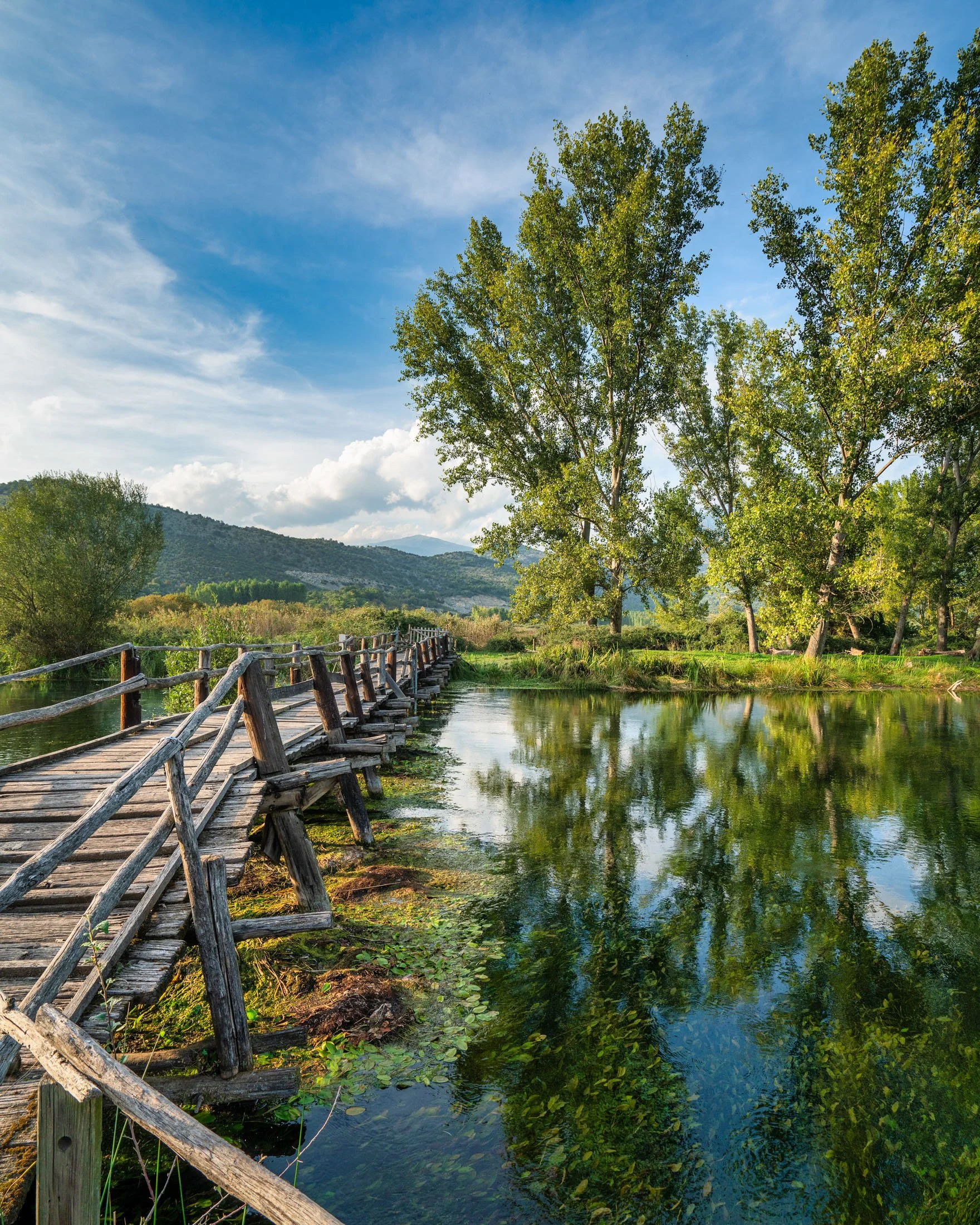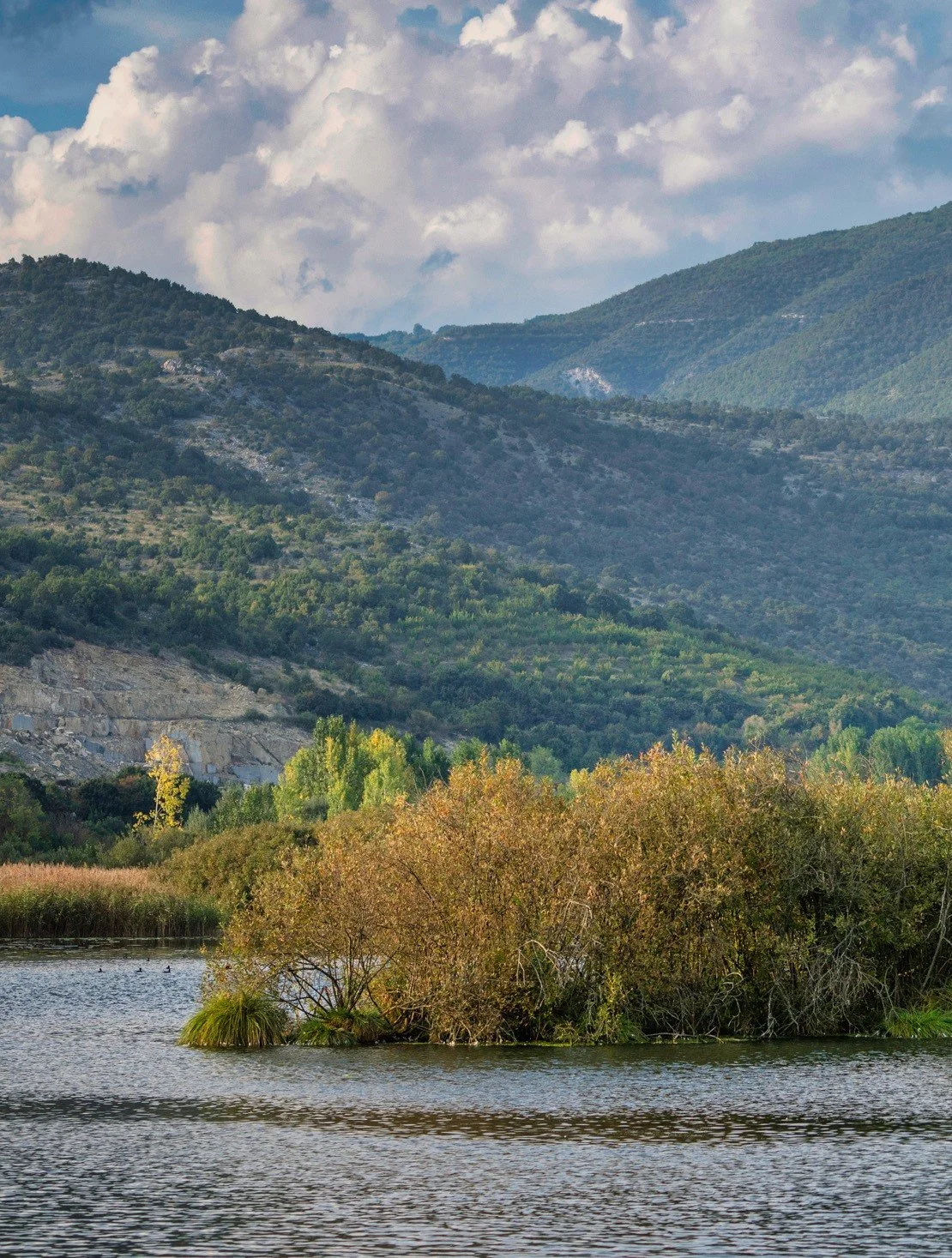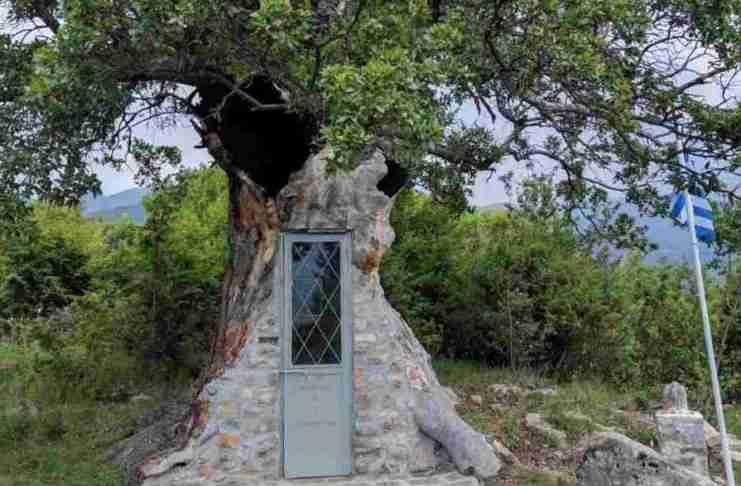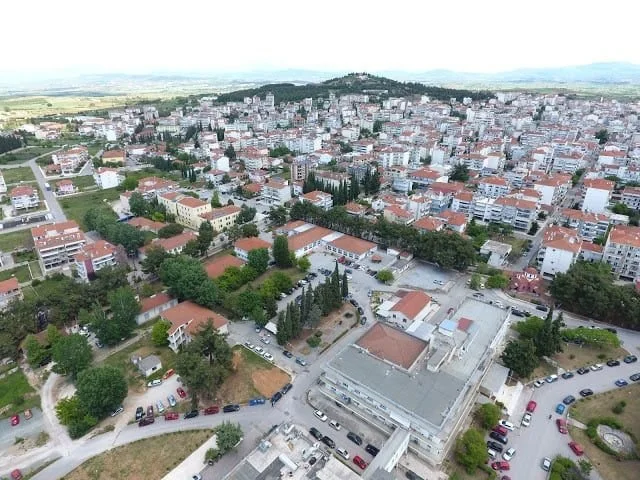Tucked away in the heart of northern Greece lies one of the country's most beautiful and ecologically important wetlands—a place few people outside the region even know exists. Yet for nature lovers, birdwatchers, and those craving serene landscapes, it's a destination well worth discovering.
We’re talking about Lake Agra, also known by its full name Agra-Vryttón-Nisiou, a nod to the three surrounding villages. This artificial lake was created in 1953 to support the local hydroelectric power plant on the Edessa River (also known as the Voda). Despite its man-made origins, Lake Agra has evolved into a natural haven, offering sanctuary to a rich variety of rare bird species.
Nestled between the towering peaks of Mount Kaimaktsalan to the north and Mount Vermio to the south, the lake sits just six kilometers from the picturesque town of Edessa. Located at an altitude of 470 meters, the lake and its surrounding agricultural and forested areas span an impressive 12,000 acres.
What truly sets Lake Agra apart from other wetlands are its vast reed beds, winding waterways, and expansive wet meadows. This mosaic of habitats creates a unique ecosystem, making it a paradise for birds. In fact, many rare and elusive species find shelter and nesting grounds in the lake’s secluded corners.
It’s no wonder Lake Agra is often called “Greece’s Swan Lake.” Among its most enchanting residents are the graceful mute swans (Cygnus olor), which nest and raise their young in the tranquil waters—adding a touch of fairy-tale beauty to the already breathtaking scenery.
Whether you’re an avid birdwatcher, a nature photographer, or simply someone seeking peace and connection with nature, Lake Agra promises a magical experience far from the crowds. It’s a reminder that even in a country known for its beaches and ruins, hidden natural wonders still await those willing to explore.
Photos by Pericles Merakos














